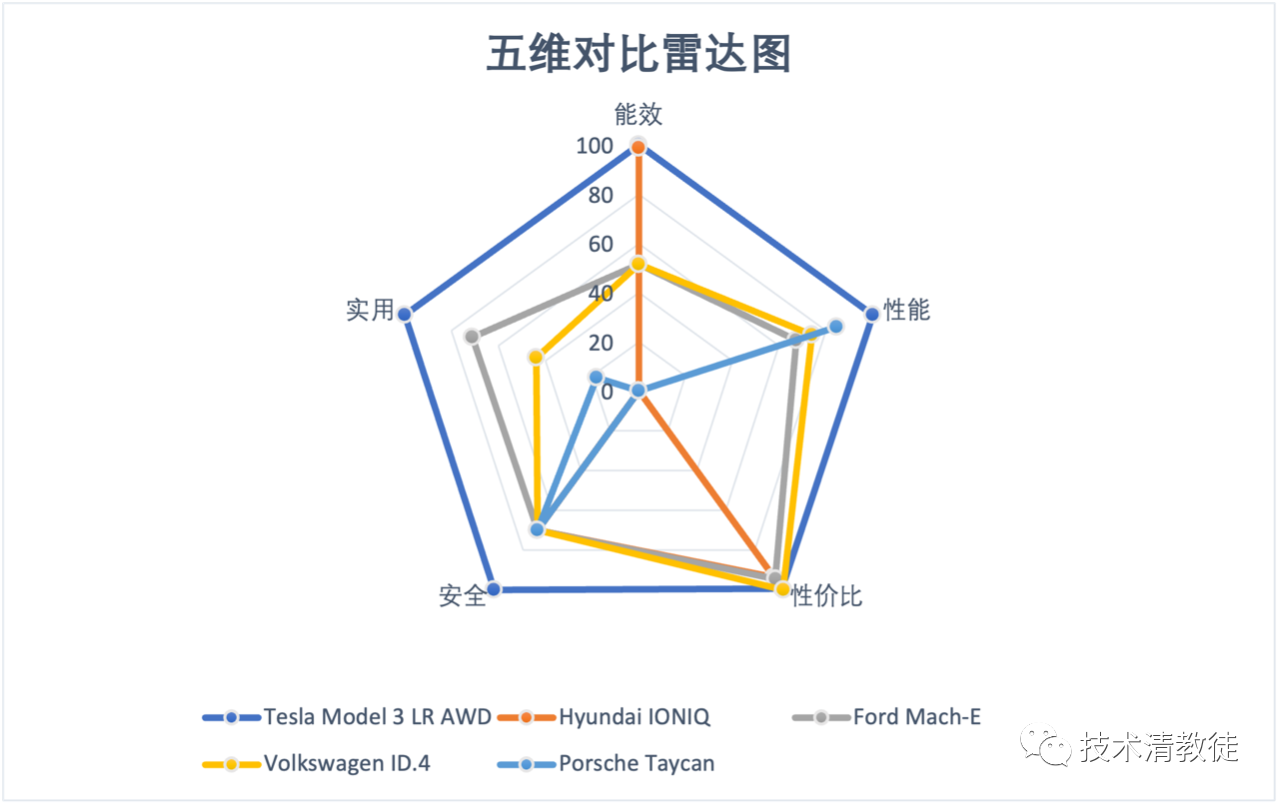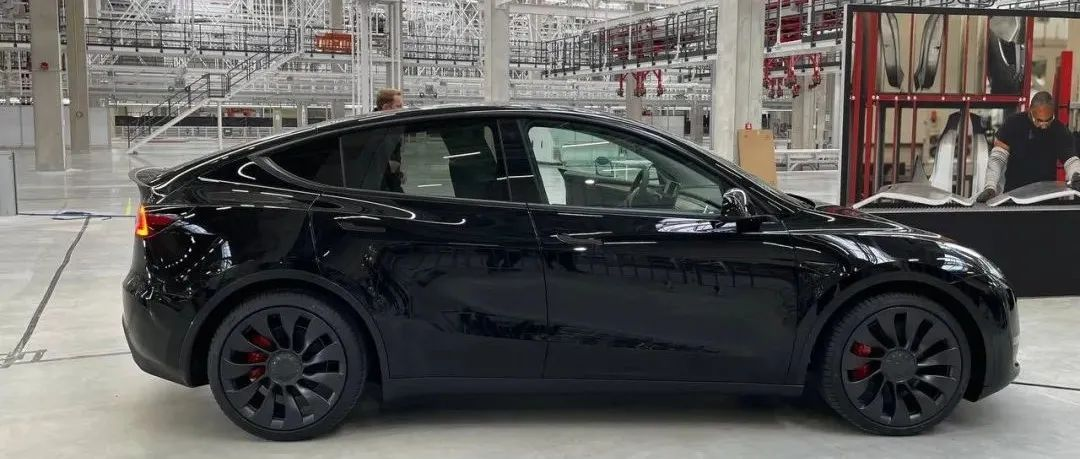Author: Winslow

Previous Article:
“Why Tesla is the Best Electric Car on the Market with ‘Data'”
Why I Continue to Be Optimistic about Tesla – Part 2: Quantitative Product Data
Body:
1630 words in total
Estimated reading time: 8 minutes
The previous article quantitatively analyzed Tesla’s products using “data.” Honestly, I was also surprised after seeing the data. As a Tesla owner, while I can experience the joy it brings in daily use, it was the first time that I re-understood the underlying construction of these feelings in such a hardcore way.
Since the methodology of studying Tesla deeply proposed in the previous article is to study the products first, and then further study Elon Musk’s and Tesla teams’ working methods, values, thoughts, and goals, next, we will take a look at this product that is close to “invincible” and examine how it embodies the working methods, values, thoughts, and goals of the Tesla team.
The previous article proposed five dimensions: energy consumption, performance, cost, safety, and practicality. In fact, it is relatively easy to achieve if we consider dropping 2 keeping 3 or dropping 3 keeping 2. However, if we want to consider all 4 and even all 5 dimensions, it becomes very difficult.
For example:
“Energy consumption” is often inversely related to “performance” and “safety” because performance means high power, which requires increasing the parts that can withstand higher instantaneous power, which means increasing the weight of the car. Similarly, safety requires increasing the ability to withstand impacts, which usually requires increasing the strength of the body, which also means increasing the weight of the car. Weight is one of the biggest enemies of energy consumption.
To balance “energy consumption,” “performance,” and “safety,” we must sacrifice “cost,” for example, using an aluminum alloy body and using higher-power components to offset the negative effects of weight.
To maintain “practicality,” we must find a way to reduce “energy consumption” or sacrifice “cost.”
Therefore, these five dimensions actually constrain each other, and they are mutually constrained. It is not difficult to understand why other companies on the market cannot currently produce products that are on par with Tesla’s because it is really difficult to achieve all five dimensions simultaneously.
However, the more they are constrained and restricted, the more we can see how the Tesla team thinks when facing choices, and extreme persistence has extraordinary significance in extreme cases. So let’s return to the data quantified after the product and examine the priority order of the Tesla team when facing choices.I believe that the highest priority is “safety”. Tesla Model S/X topped the NHTSA crash test rankings once it was introduced, maintaining its position as the safest car for six consecutive years. Later, this record was broken by Tesla’s newly released Model 3/Y in 2018, 2019, and 2020. These four cars together claimed the top four spots on the NHTSA crash test rankings.
It’s hard to imagine if safety wasn’t Tesla’s top priority, how their products could have dominated the NHTSA crash test rankings since 2012, surpassing all vehicles ever tested, including the “safest car brand in the world,” Volvo.
Next in priority are “practicality” and “energy consumption”. The range of all Tesla models mainly dominates the top ten on the range chart, or more accurately, the top nine, with the standard-range Model 3 falling to eleventh.
In terms of energy consumption, Tesla only topped the first two places. But let’s go into this a little bit and say that being higher on the list doesn’t necessarily mean that a vehicle’s energy consumption is better than Tesla’s. The scientific comparison method is to compare the energy consumption between vehicles of the same level to draw a correct conclusion. With this standard, we can go back and look at the list, where we can see that, except for Lucid, which has not yet entered production, other brands that ranked higher in energy consumption are basically short-range compact cars. The low energy consumption of compact cars mainly benefits from the advantages of smaller battery packs and lighter vehicle frames.
Performance is of medium priority. Tesla’s fastest model ranks number one on the performance chart, with the closest competitor being Porsche’s Taycan Turbo S. Tesla’s slowest model ranks in the same league as Ford, Audi, and Porsche’s regular Taycan.
The lowest priority is cost. Tesla’s cost is not the lowest, and the average cost per mile for many brands is lower than Tesla’s.
Looking at the data, Tesla and what we usually hear in the media are completely opposite. The truth is that Tesla is the safest car in the world, bar none, but it’s not the cheapest.
At this point, I suddenly remember a quote from Charlie Munger, “Mostly when people say ‘common sense,’ what they actually mean is ‘uncommon sense.'”
It appears that Elon Musk and the Tesla team have chosen to prioritize “safety” first, followed by “energy consumption”, “practicality”, and finally, “performance,” sacrificing “price.”
However, in reality, Tesla has repeatedly been referred to as a price butcher. This just goes to show that even “price,” which ranks the lowest in priority within Tesla, is already a powerful weapon in the eyes of the public.
(To be continued)
This article is a translation by ChatGPT of a Chinese report from 42HOW. If you have any questions about it, please email bd@42how.com.
